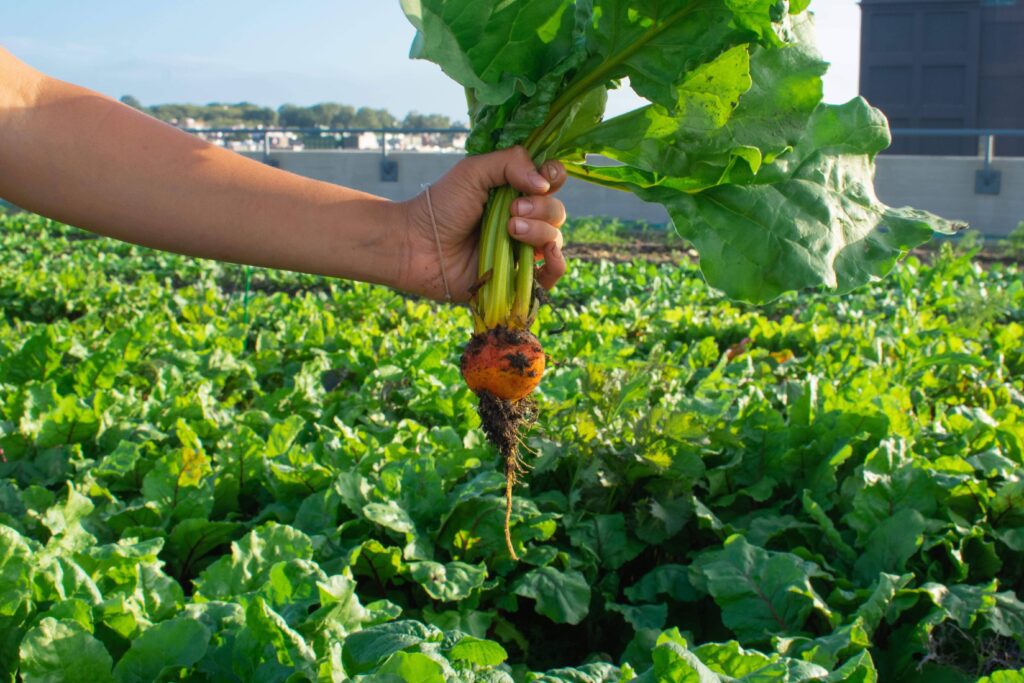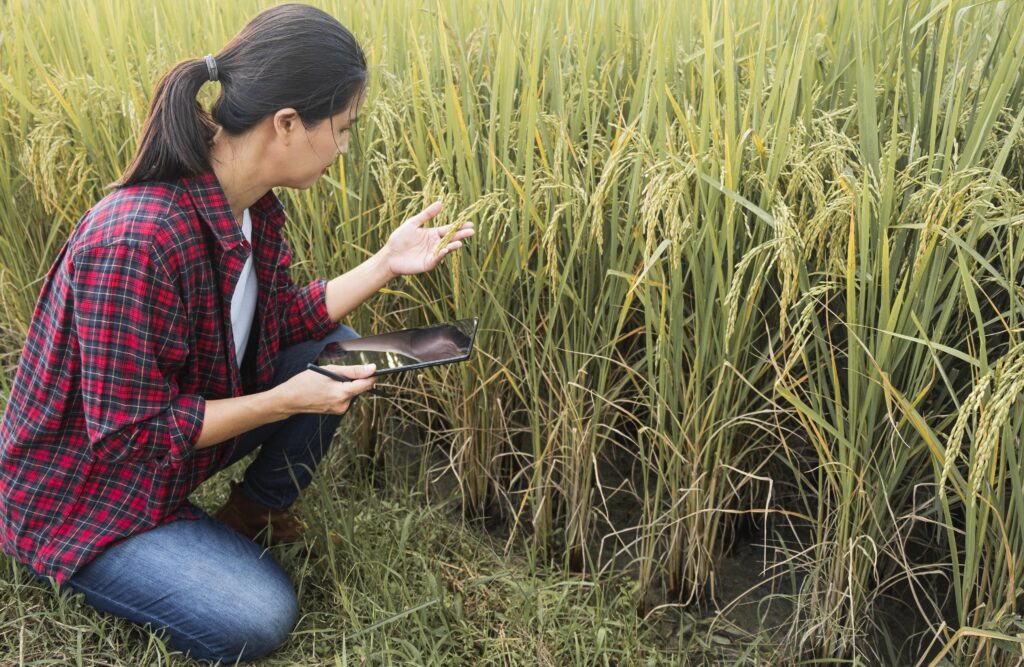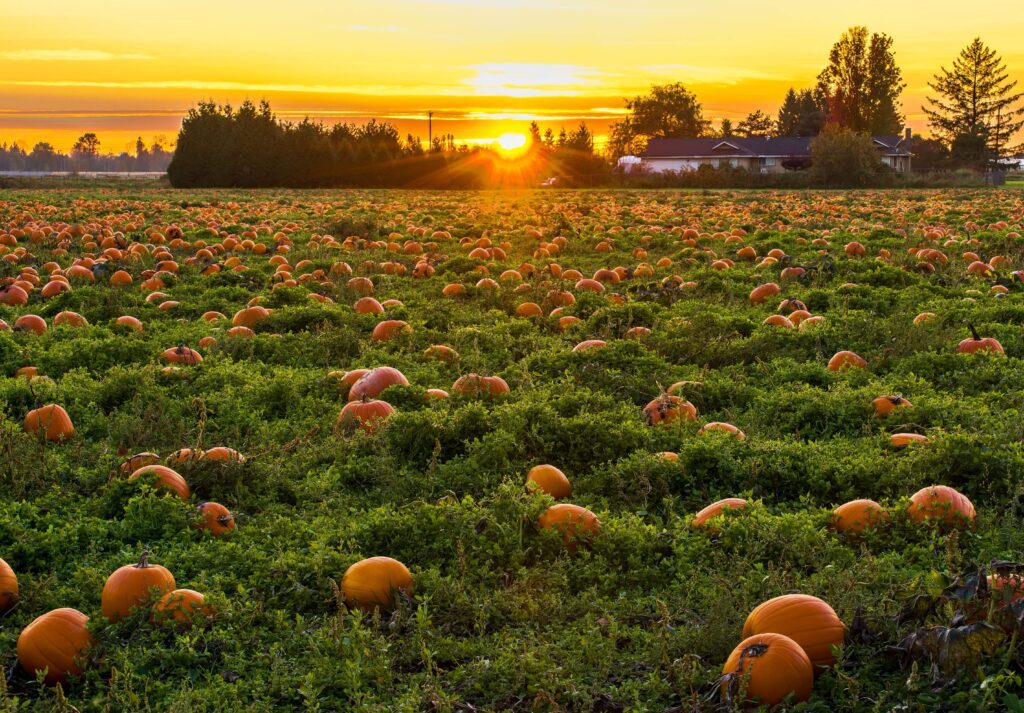
Only a few events in the history of humanity have affected civilization as much as the Agricultural Revolution. It signaled the change from roving hunting and gathering societies to permanent agricultural settlements, opening the door for the emergence of sophisticated civilizations. Crop rotation is an apparently straightforward but brilliant practice at the core of this change. In this blog, we examine the significance and lasting impact of crop rotation and the critical role it played in the Agricultural Revolution.
Understanding Crop Rotation:
Crop rotation is an agricultural practice that includes growing various crops in the same spot on a regular basis over the course of several seasons or years. The methods are intended to increase agricultural output, manage pests and diseases, and improve soil fertility. Crop rotation is based on the fundamental idea of diversification. Farmers can disrupt the cycles of pests and diseases, stop the depletion of nutrients, and improve soil health by rotating their crop rotation.

Historical Context:
Crop rotation has its roots in antiquated agricultural techniques. Although they were aware of the advantages of crop rotation, early farmers did not fully comprehend the underlying scientific theories. Nevertheless, crop rotation did not gain widespread acceptance and recognition as a fundamental component of contemporary agriculture until the Agricultural Revolution.

Impact on Soil Fertility:
One of the primary benefits of crop rotation is its ability to replenish soil fertility. Different crops have varying nutrient requirements and uptake patterns. By rotating crops, farmers can prevent the depletion of specific nutrients and maintain a balanced soil profile. For example, leguminous crops like peas and beans have the ability to fix nitrogen from the atmosphere, enriching the soil for subsequent crops.

Pest and Disease Management:
Another natural method of controlling pests and diseases is crop rotation. Crops and many pests and diseases have host-specific interactions. Farmers may break these cycles and make it more difficult for pests and diseases to develop and spread by rotating their crops. Moreover, some crops have the ability to release compounds known as allelopathic characteristics, which prevent the growth of weeds and pests and hence improve pest management efforts.

Enhanced Crop Yield:
Increased agricultural yields are the result of enhanced soil fertility and pest management working together. Research has indicated that when crop rotation systems are appropriately put into place, they can considerably boost productivity in comparison to monoculture methods. Crop rotation also lessens the need for synthetic pesticides and fertilizers, which saves money and helps the environment.

Social and Economic Implications:
The widespread adoption of crop rotation during the Agricultural Revolution had far-reaching social and economic implications. Increased agricultural productivity meant surplus food production, enabling the growth of population centers and the emergence of specialized occupations. Moreover, by reducing the labor required for subsistence farming, crop rotation freed up resources for technological innovation and economic development.

Environmental Sustainability:
In today’s era of climate change and environmental degradation, the principles of crop rotation remain as relevant as ever. Sustainable agriculture practices emphasize the importance of maintaining soil health, biodiversity, and ecosystem resilience. Crop rotation, along with other agroecological techniques, offers a pathway towards resilient and environmentally sustainable food systems.

Challenges and Future Directions:
While crop rotation offers numerous benefits, its widespread adoption faces challenges in modern agricultural systems. Intensive monoculture practices, driven by market demands and industrial agriculture, have led to the erosion of soil health and biodiversity. Reversing this trend requires policy support, farmer education, and incentives for adopting regenerative farming practices. more

Conclusion:
Crop rotation stands as a testament to the ingenuity of ancient farmers and remains a cornerstone of modern agricultural practices. Its role in the Agricultural Revolution cannot be overstated, as it transformed subsistence farming into a thriving global industry. As we confront the challenges of the 21st century, embracing the principles of crop rotation is essential for building a sustainable and resilient food system for future generations.


